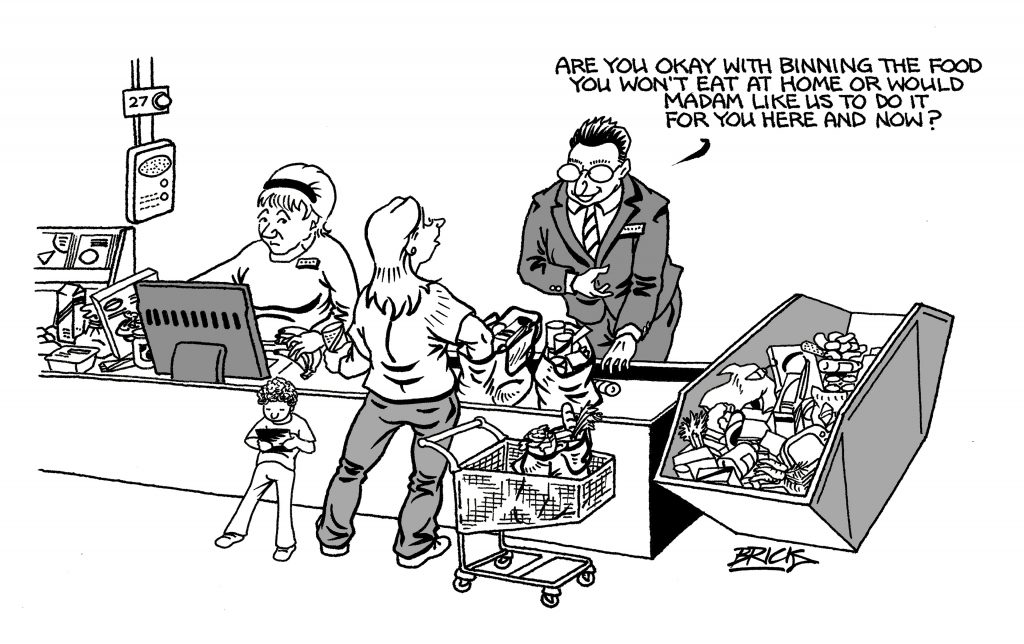Five quick-fire activities to get you started on teaching the issues, the debates and key ideas around World Food Day, by Colm Regan.
// 2020 UPDATE:
- Is world hunger increasing or decreasing? Take the Great World Food Day Quiz 2020
- Read, watch, act – updated teaching activity ideas, by Toni Pyke
- Is the world on track to achieve zero hunger by 2030? Explore the 5 takeaways from two key reports on world hunger, by Colm Regan
- Explore our connection to food and the global food system, in 4 graphics
_________________________________________________________
Scoilnet World Food Day portal – a great place to start. A teacher-led set of activities and resources covering a large range of hunger and food related topics including climate, migration, food waste, the SDGs, food choices and sustainability (for science classes). Also includes analysis of data (based on the Global Hunger Index for 2017, see the references to the 2018 Report below for updated data), materials on ecological footprinting and a set of people-focused videos. An excellent place to begin the discussion.
1. First, a general activity: most of the material presented here can be readily used as the basis for the development of a debate (‘World Food Day’ is no longer as relevant as it was’); for the creation of a poster or set of posters to stimulate discussion further. These can then be used to share the discussion with a bigger audience.
2. Using the 10 Myths about World Hunger booklet produced by developmenteducation.ie and the Professional Development Service for Teachers (PDST) – access the booklet here.
- Review the myths presented
- Pick one or two that interest or surprise most, explain why? Where do such myths come from and why do they persist in our thinking about the issue?
- Pick one that relates most directly to you wherever you are and explain the connection – 3 ways in which I am linked to world hunger
3. Global Hunger Index: Use the data on page 7 of the Global Hunger Index 2018 to compose a newspaper editorial (or an audio file) on 5 key facts from the Report and what their implications are for human well-being.
- Number-crunching – why does the GHI use four different sets of indicators and how does this help our understanding of hunger?
- On page 11, the Global Hunger Index states ‘We are still far from a world without malnutrition’ – use the data presented to explain why
- On pages 27-32, the report’s authors offer an analysis of four key dimensions of the links between food, hunger and migration. Design a poster on these four (or four posters, one on each) using a key quote or story that highlights the issue; a visual image that illustrates it (many are available online) and a key fact that underpins it. Display the posters publicly.
- Use chapter 5 of the Report to prepare a 5-minute speech (to the UN, the Dáil, a group of young people or a church event?) on World Hunger Solutions
4. Watch this video on world hunger from the UN Global Goals initiative (1.52 minutes)
- List 3 ways in which food waste contributes to the challenge of hunger
- Identify 3 ways in which you waste food and consider the question why?
- Use the cartoon below by Brick to explore the responsibilities of consumers, supermarkets and governments on the issue of food waste:
5. Read the introduction on p.2, then use the evidence and argument on Prevalence of Undernourishment in the World, 2005 – 2017 table on p.4 (from the State of World Food Insecurity 2018 report produced by the Food and Agriculture Organisation) to write a newspaper article for your local paper. Take a strong position on a burning issue of your choice from the report.

